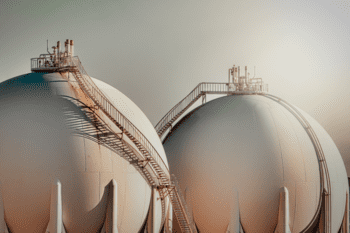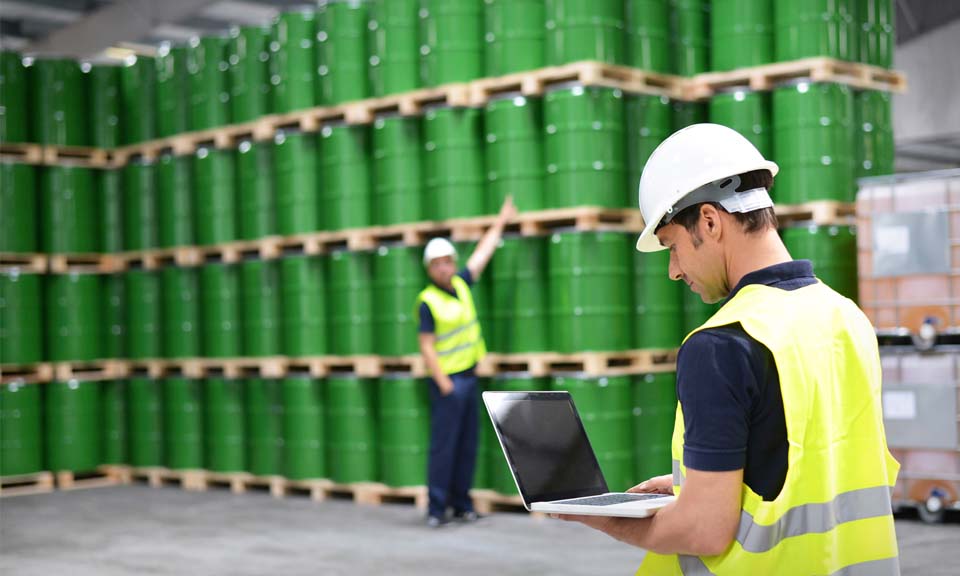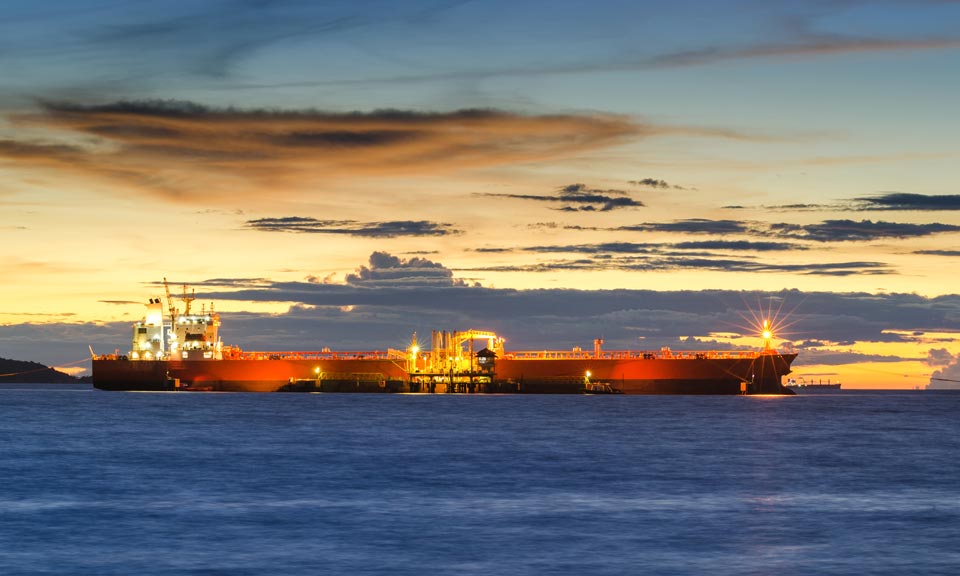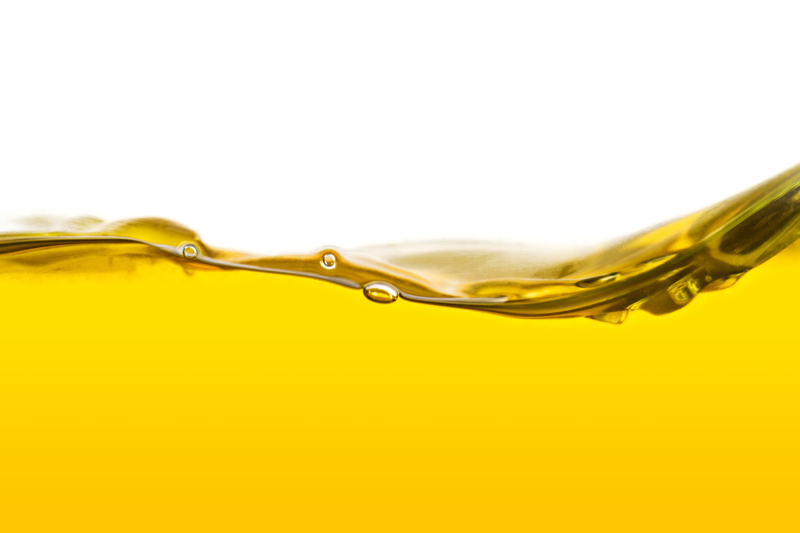Interactive: Global oil flow tracker

(Latest update May 3, 2024)
Russia’s war in Ukraine has triggered a major upheaval in the global oil markets, forcing Moscow to find alternative buyers and Europe to source new supplies as Western sanctions seek to clamp down on Moscow’s vital oil revenues.
With an EU embargo and the G7 price cap on Moscow's oil now fully in place, Russian seaborne crude exports have remained largely resilient as displaced volumes of its discounted oil flow East. Russian oil product exports have also mostly held up with new buyers in Africa absorbing Russian diesel and other fuels now banned from Europe.
Related stories:
Russian oil product exports slump to post-pandemic low as drone hits resume (subscriber content)

News
India’s role in global oil markets is set to expand at a fast pace by the end of the decade, making it the biggest hub for demand growth. Battling high prices, oil diplomacy with countries such as the US and Russia, as well as revival of flagging upstream production will be some of the key priorities for the new government. Related feature: INDIA ELECTIONS: Refining capacity, crude output, storage to top new government's oil agenda Click here for full-size infographic

News
(Latest update: May 10, 2024) Related content: Russian crude exports by non-G7 tankers hit new high in April since price cap Russia, one of the world’s largest oil suppliers, has increasingly turned to non-Western firms to transport its crude to overseas buyers during its ongoing war with Ukraine . With a dual goal of undermining Russia’s war chest without creating significant disruptions to global supplies amid inflation pressure, G7 countries and their allies have banned tanker operators, insurers and other services firms from facilitating seaborne Russian crude exports unless the barrels are sold for no more than $60/b. The price cap regime, which came into force Dec. 5, 2022, does not directly cover tankers flagged, owned and operated by companies outside the G7, the EU, Australia, Switzerland and Norway, and not insured by Western protection and indemnity clubs. While such ships tend to be older and less maintained, their share in Russia’s crude exports market has been rising in recent months amid strengthening prices of Urals -- the OPEC+ member’s flagship crude grade -- and tightening sanctions enforcement by the West. Non-price-capped tankers have a larger market share in shipping Russia’s Pacific crude exports, according to analysis of S&P Global Commodities at Sea and Maritime Intelligence Risk Suite data. Crudes such as Sokol, Sakhalin Blend, and Eastern Siberia–Pacific Ocean grades are more often involved in these trades than Russian barrels from Baltic or Black Sea ports like Urals. Tanker operators in Greece, Europe’s top shipowning nation, managed to keep their traditionally strong market position in Russia in the first few months since the price cap took effect before giving ways to their peers in the UAE, Russia, China and Hong Kong. Related content: Interactive: Global oil flow tracker

News
Global oil producers are increasingly touting efforts to reduce the carbon intensity of their upstream operations to stand out as investment dollars shrink during the energy transition. Some producers see carbon intensity rankings as a measure of which fields will have staying power, while environmental groups say the efforts ignore the much larger global warming emissions created downstream when the oil is refined for transportation, shipping and petrochemicals. S&P Global Commodity Insights Analytics has expanded its carbon intensity calculations to 162 fields and 41 grades. The greenhouse gas emissions represent current operations from the wellhead to storage/export terminal. The newest expansion of fields and grades covers Central, South, and North America. South and Central American grades are shown in the infographic below.

News
With startup a month ahead of schedule, the Trans Mountain Expansion started commercial operations May 1. The 590,000 b/d of added capacity creates significant breathing room for the in-demand and aging pipeline system. As Canadian crude oil flows shift toward top importers such as China and California, producers will have a chance to shed the deep discounts offered on Western Canadian Select. For the first time, Canadian crude will have meaningful access to international markets with potential for higher-priced barrels as a result. Related feature: Trans Mountain's crude pipeline expansion starts, boosting global access to Canadian barrels (subscriber content) Click here for full-size infographic